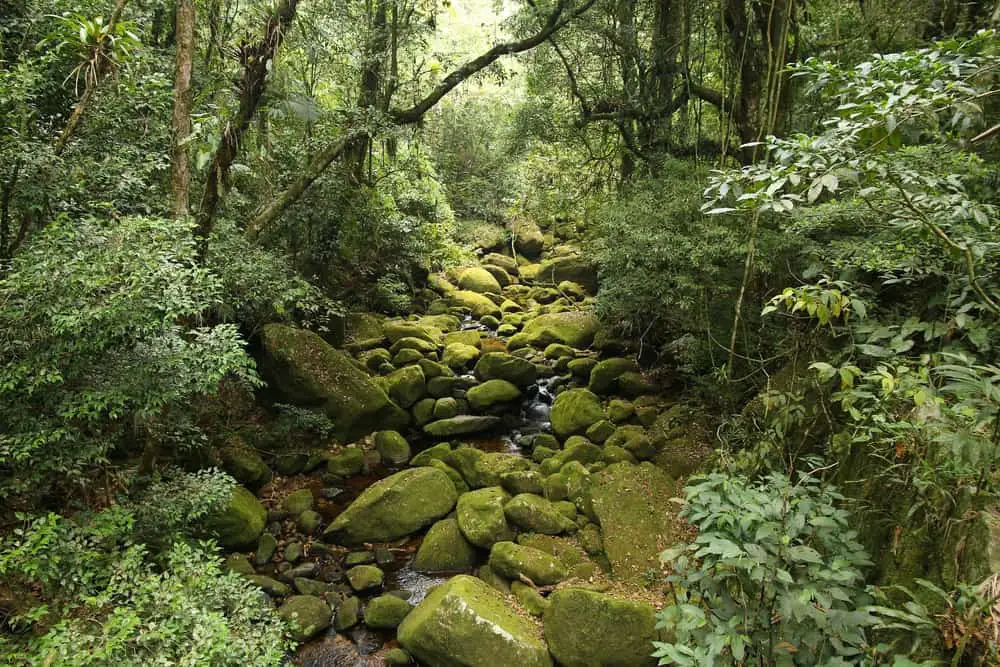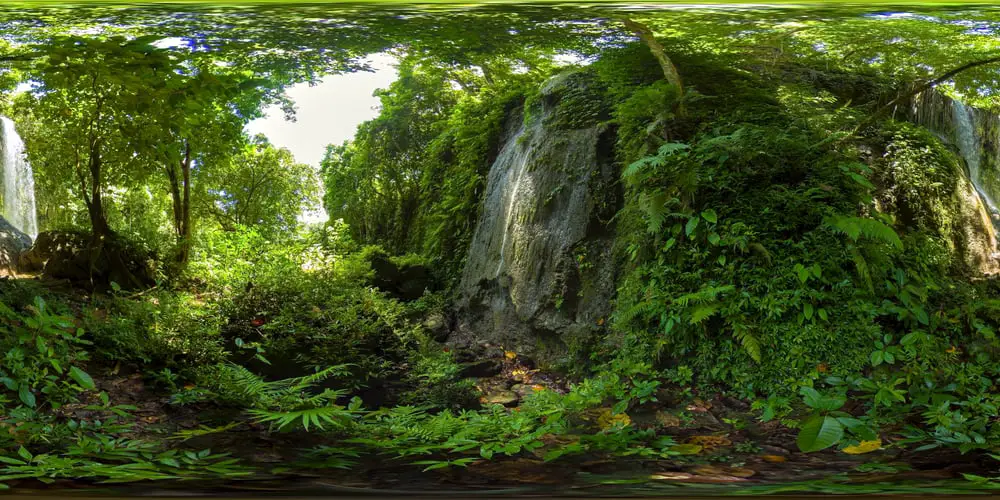
There are two main types of forests in Brazil, both of which are classified as tropical forests due to their location in relation to the equator. The forests in Brazil either consist of rainforest, including nearly 60% of the Amazon rainforest, or secondary forest, which is a juvenile forest that has been planted as a response to deforestation. The tropical forest in Brazil is the primary habitat of countless plants, fish, mammals, amphibians, birds, and reptiles.
When it comes to forest areas, Brazil is home to some of the most diverse and dense forest areas in the entire world. Due to its location, much of the forest in Brazil is categorized as a tropical forest. It is hot and humid and home to countless species of flora and fauna that make this a diversified and valuable area.
60% of the Amazon rainforest is located within Brazil’s borders, and it follows that this area receives a great deal of rain throughout the year. Although the heart of the Amazon rainforest is in Brazil, much of the forest area is rapidly disappearing due to timber production and cattle ranching.
Below, let’s take a closer look at the types of forests in Brazil and better understand the plants and animals that call these forests home.
Table of Contents
Tropical Forest

Technically speaking, a tropical forest is any densely populated forest area that is located 28 degrees north or south of the equator. This location makes these tropical forests hot and wet. Usually, tropical forests will have an average yearly temperature that hovers around 85 degrees.
While there are tropical forests throughout the world, including South America, Asia, and Africa, Brazil has over 30% of the world’s tropical forest area.
Brazil’s tropical forest is filled with dense trees that grow to be thick and tall. The trees have a … Read the rest of the story.
No comments:
Post a Comment